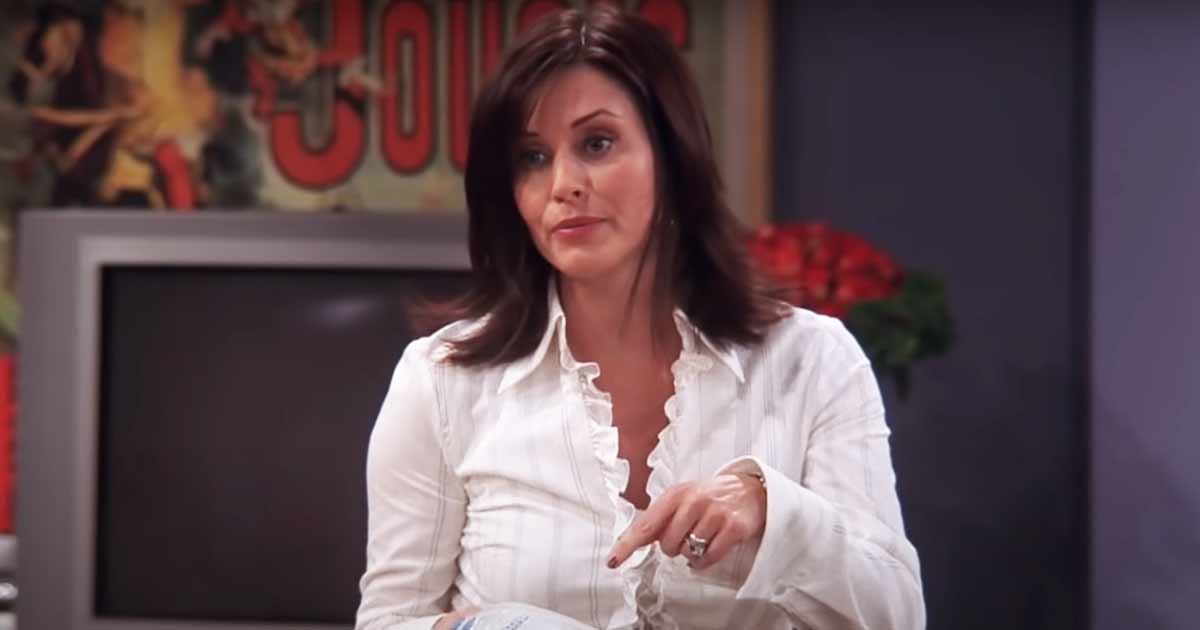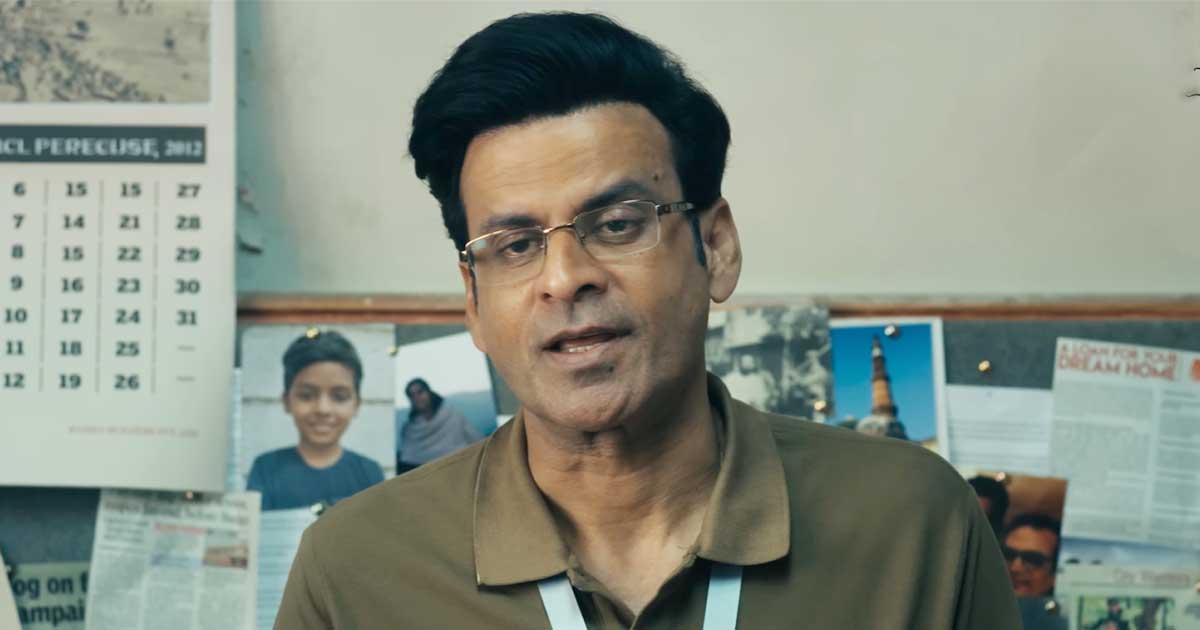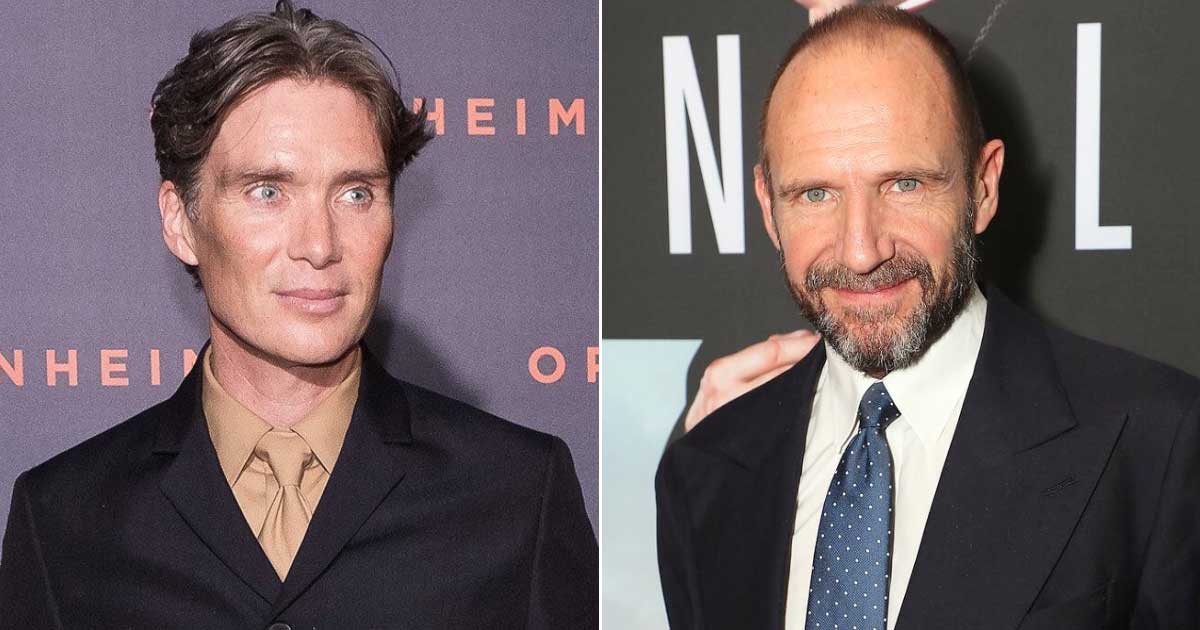Seventeen years after its series finale, Friends made headlines again with a reunion special, but only with some baggage. The iconic sitcom shaped many young adults’ views on love and life, but some episodes raise eyebrows upon rewatching. One such episode features “Fat Monica,” Courteney Cox’s character in a fat suit, sparking debates on body image that resonate even today.
If you’re scratching your head about Fat Monica, let’s break it down. This version of Monica pops up in four flashback episodes, serving more as a punchline than a character. Her weight was a comedic device that illustrated her transformation from “ugly duckling” to the glamorous chef we all loved. However, the laughs came at a cost. Fat Monica was the epitome of body-shaming, reducing a complex character to a mere joke.
Watching Fat Monica munch on donuts and dance made many of us laugh as kids, but there was an unsettling undertone. Growing up, I couldn’t help but compare my body to hers and my family. Fat Monica was the cautionary tale: the kind of girl you didn’t want to become if you wanted to be pretty or desirable. As a nine-year-old, I tried to fit in and be liked, not realizing that this fixation on appearance was a double-edged sword.
One poignant moment comes in the episode “The One With the Cat,” where a now-slim Monica reflects, “The fat girl inside me wants to go. I… I owe her this. I never let her eat.” The line hits hard. Instead of offering empowerment, it implied that the only way to gain acceptance was through deprivation and self-hatred. Janet Conroy-Quirk, a fat-positivity advocate, recalled feeling the weight of that moment at 17: “It said a lot about what the world expected from me: deprivation and self-hatred.”
Natália Silva, who grew up fat, echoed these feelings. She admitted, “Growing up fat, you just get used to being the punch line.” Fat Monica made her feel both seen and ashamed, reinforcing the idea that her body was a problem to be fixed. “It made me feel that myself, my being, was wrong,” she shared.
Rebecca Silliman remembered how Fat Monica made her sad yet accepted it as part of the show’s humor. It wasn’t until later that she and many others questioned this portrayal. Fat acceptance movements opened their eyes to a world where bodies of all sizes deserve love and acceptance. Despite all the progress, the shame still lingers.
Reflecting on a clip of Fat Monica dancing, I noticed something different. What if we stripped away the laughter and focused on her joy? At that moment, she wasn’t just the butt of a joke; she was lost in the music, savoring a donut. This joy is a legacy we shouldn’t dismiss as a humiliation. It’s time to rethink the narrative surrounding Fat Monica and recognize the humanity behind the punchlines.
In the end, the conversation about Fat Monica reminds us that body image issues persist, and as we revisit shows like Friends, we need to look beyond the laughs to understand their lasting impact.
For more such updates, check out Hollywood News.
Must Read: Thunderbolts Could Introduce the Perfect HYDRA Replacement in MCU—But Is It the Best Fit?
Follow Us: Facebook | Instagram | Twitter | Youtube | Google News







